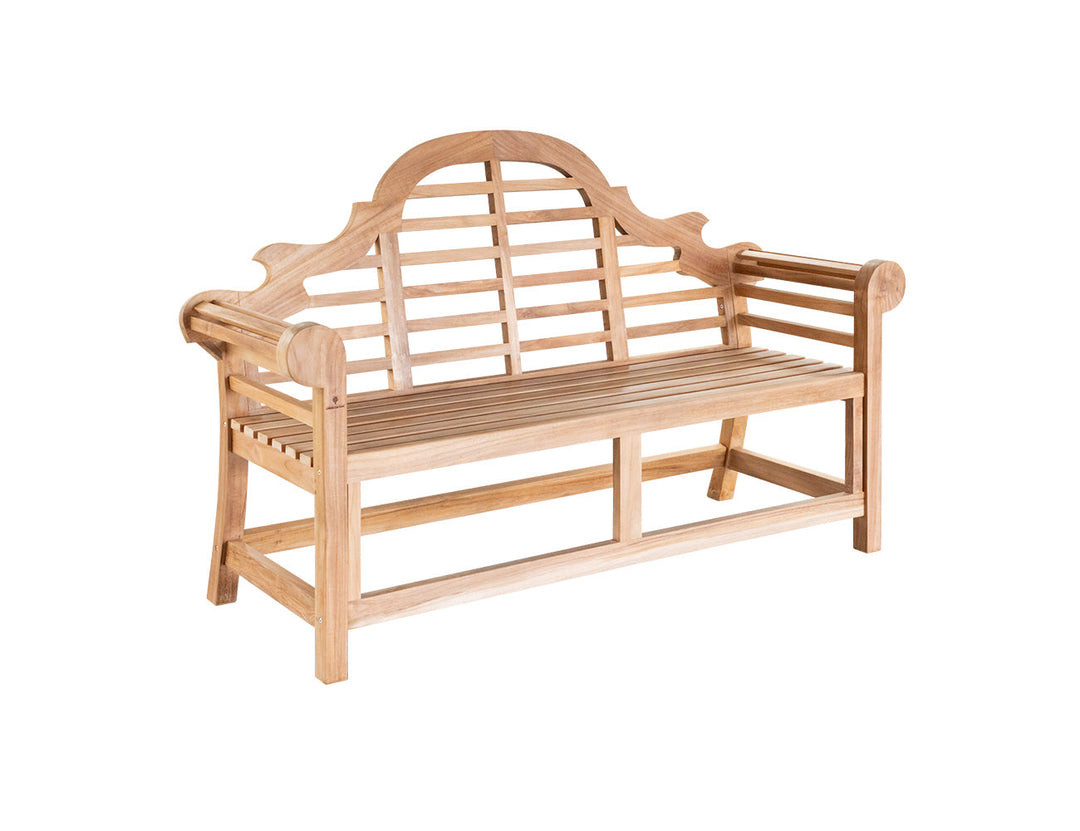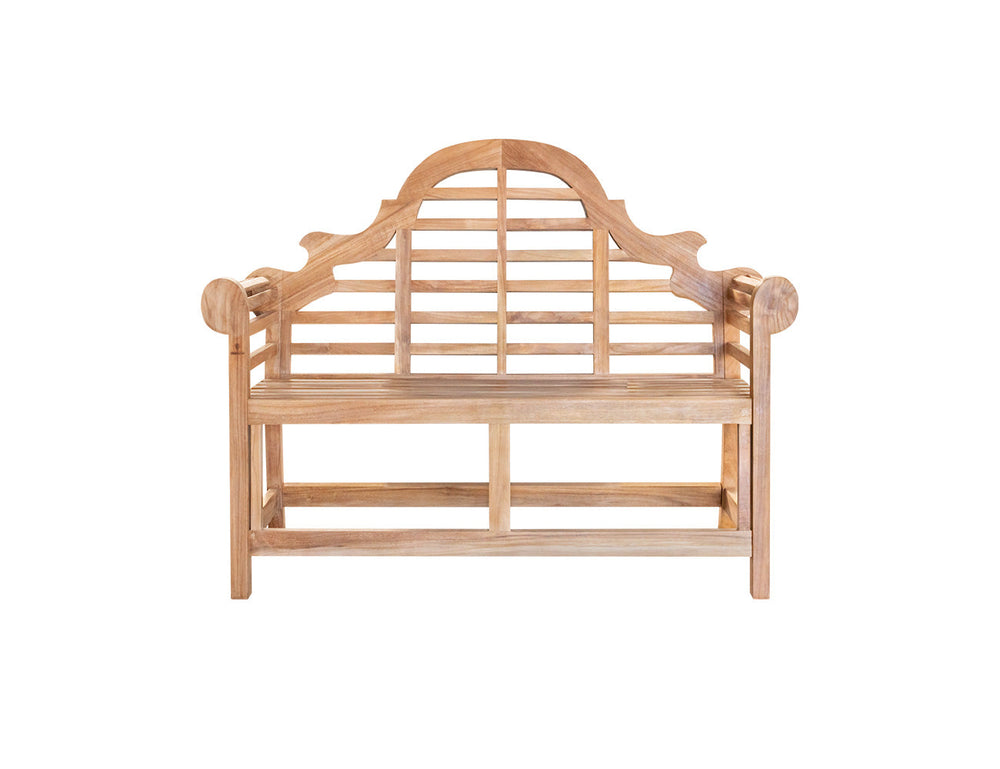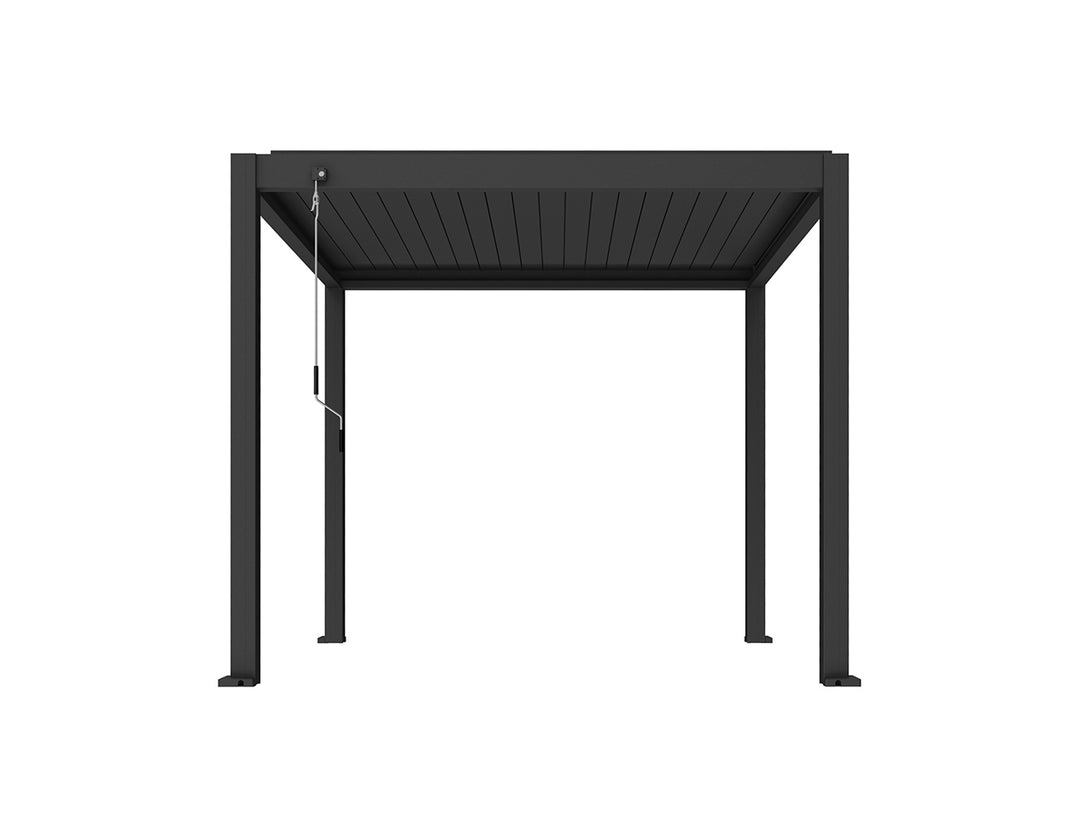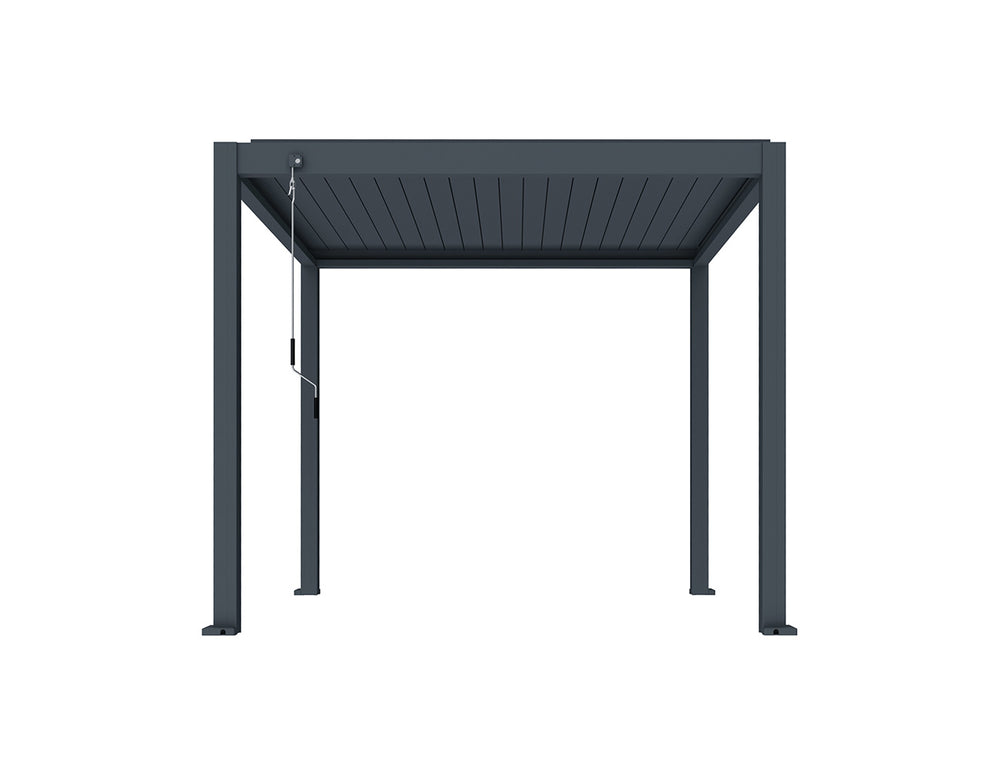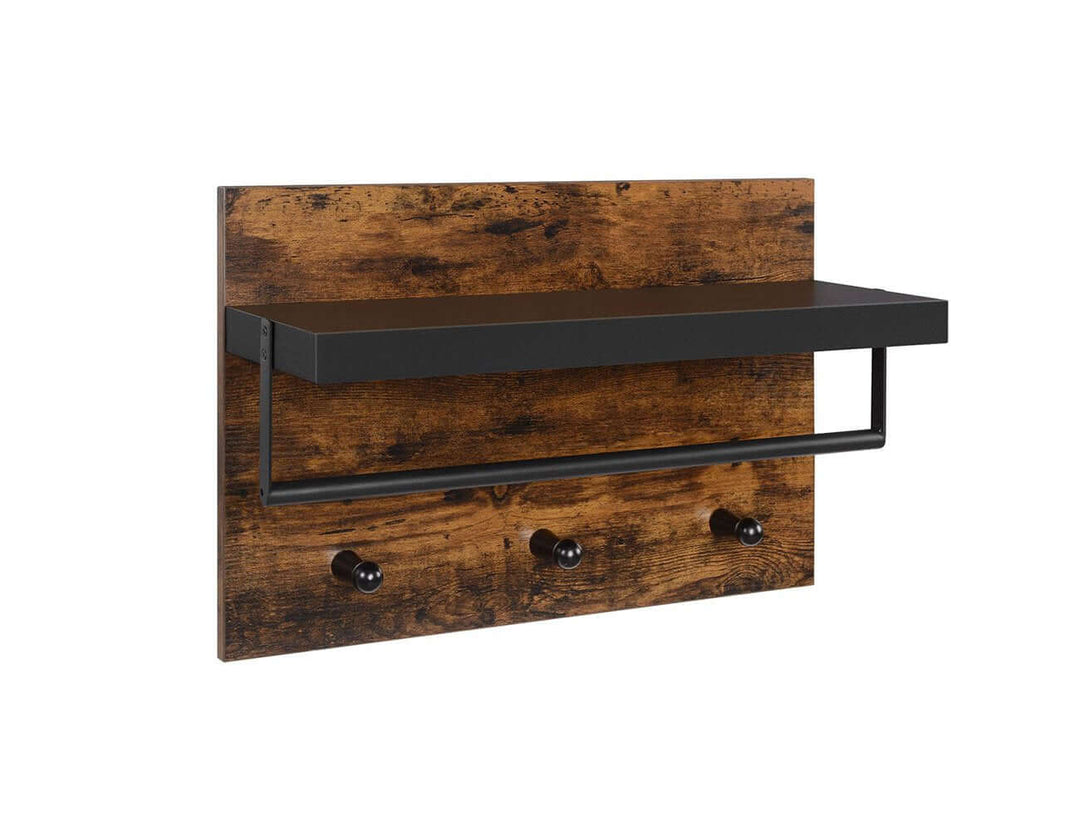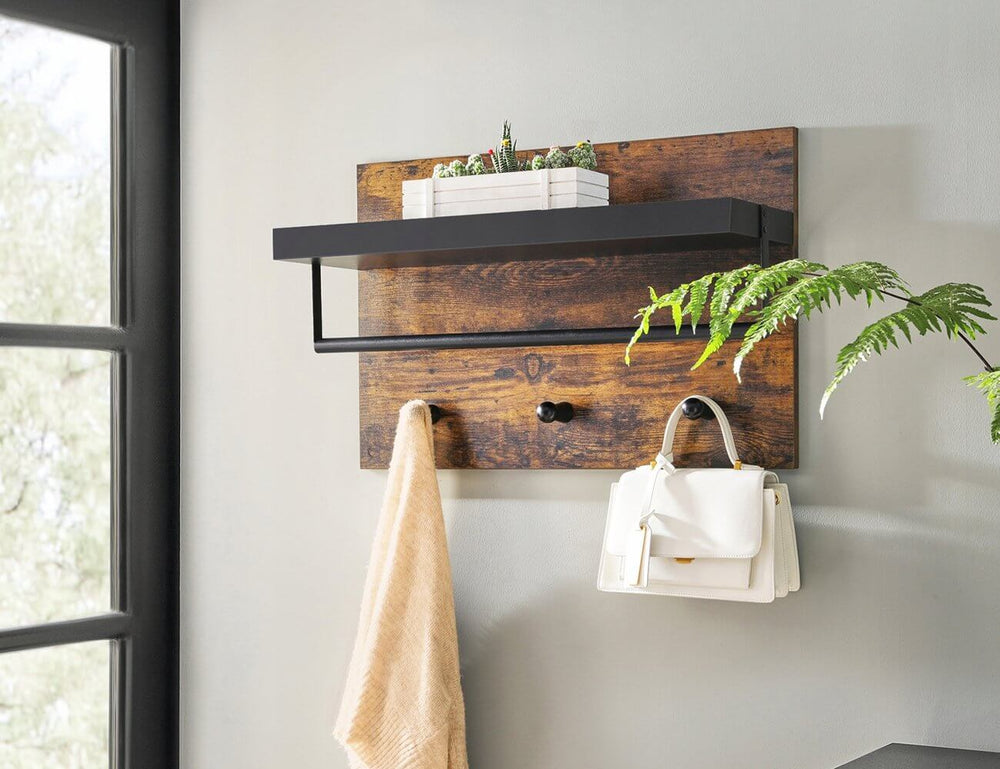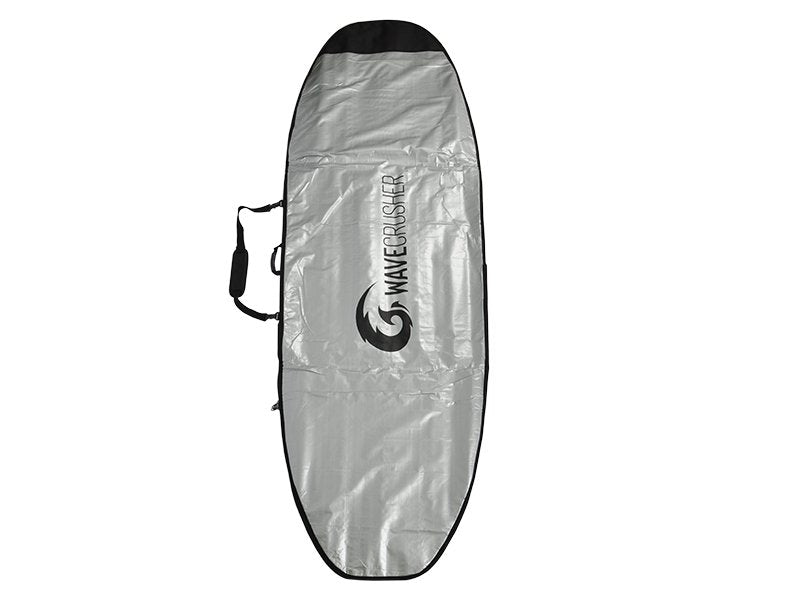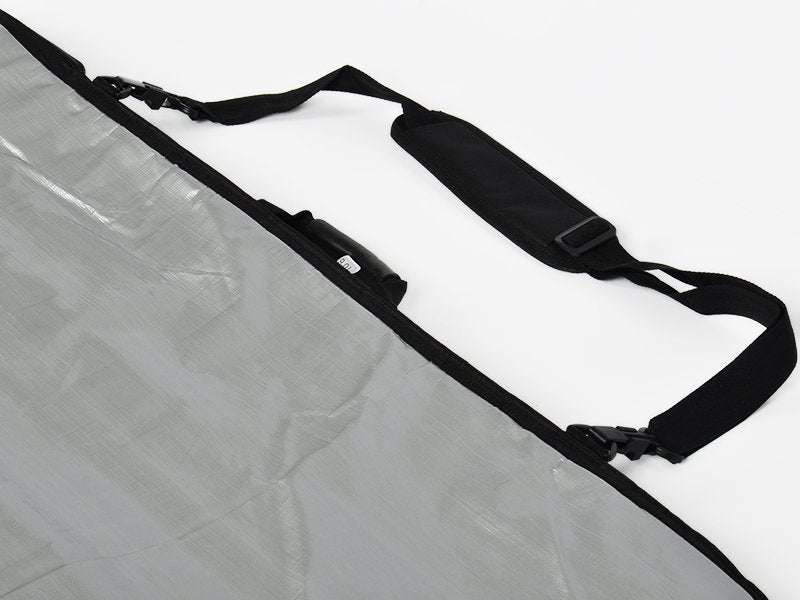Caring for Reclaimed Teak
I've always been captivated by the unique character of reclaimed teak furniture. These pieces aren't just beautiful; they carry a story, a history etched into their very grain. So many of us have these gorgeous pieces in our homes, and I thought it was time to put together a comprehensive guide on how to care for them.
The Allure of Reclaimed Teak
What makes reclaimed teak so special in the first place? Well, imagine your coffee table was once a structural element of a traditional house in Java, a bustling market stall in Bangkok, or even part of an old ship. That’s the kind of history we’re talking about. Unlike newly harvested teak, reclaimed teak comes with a rich past. It’s salvaged from old structures across Southeast Asia, giving each piece a unique story.
The wood itself is fundamentally different from newly harvested teak. Traditional drying processes create an incredible strength and durability, making it far less prone to warping or cracking. It's wood that has already weathered decades of exposure, making it more resilient than its younger counterparts. The imperfections, the knots, the varied grains – these are not flaws, but rather “fingerprints” that tell a unique story and give each piece its own character. You might find nail holes, traces of old paint, or expertly fitted patches, all of which are deliberate and part of the furniture's appeal.
Embracing the Silver Patina vs. Preserving the Golden Hue
Many people, myself included, have been surprised when their teak furniture starts to develop a silvery gray color over time. This isn't damage, it’s a natural process, and a sign of high-quality, untreated teak. It's simply the wood reacting to sun and rain. This is due to the wood's natural oils and the way it interacts with UV rays, causing the surface to oxidize. If, however, you prefer the original golden honey hue, you need to be proactive about UV protection. Keeping furniture undercover or in the shade, or using a good quality teak oil or sealer are the most effective measures.
There’s a debate among teak enthusiasts on whether to seal or let nature take its course. Some feel sealers create an artificial look and that natural weathering is part of the appeal, highlighting the authenticity and natural feel of the piece. Others appreciate the protection sealers offer, especially in harsh climates, where it might be exposed to extreme weather conditions or heavy rainfall. Ultimately it boils down to personal preference and how much maintenance you're willing to commit to. If you're on team "silver fox", you’re in luck! Embracing the weathered look requires minimal effort. If you're impatient, there are graying agents that can speed up the process.
Cleaning Basics
Whether you're preserving the gold or embracing the silver, regular cleaning is essential. A simple wipe down with a lint-free cloth is a great start. For a deeper clean, I recommend a mild dish soap and warm water solution, always working with the grain. For stubborn stains, diluted white vinegar is surprisingly effective. Always avoid harsh chemicals, abrasive cleaners, metal scrubbers, and pressure washers, since these can damage the wood’s finish.
Dealing with Rings, Stains, and Marks
Those pesky white rings from forgotten coasters are caused by trapped moisture. You can try commercial white ring removers, but a DIY solution that I find works wonders is cigar ash and olive oil. The ash gently draws out the moisture without damaging the finish. For really stubborn stains, consider a commercial teak cleaner. But choose one specifically formulated for teak, and always test it in an inconspicuous area first.
Sanding and Oiling
Sanding your teak furniture, done gently with a fine-grit sandpaper, is a great way to smooth out rough spots, remove dirt, and open the wood's pores for oil absorption. When it comes to oiling, a quality teak oil will nourish the wood, replenishing its natural oils, and enhance the richness of its grain and color. When choosing a teak oil, look for one designed for outdoor furniture, and apply thin coats, wiping off any excess. This process also helps protect the wood from excessive moisture and UV damage, making it more durable.
Styling Your Reclaimed Teak
Styling your reclaimed teak furniture is where the real magic happens! Its versatility allows it to blend well with modern, rustic, or even bohemian styles. Reclaimed teak's unique character can bring warmth, history, and interest to any room. Imagine a reclaimed teak dining table paired with upholstered chairs for a welcoming space, or metal chairs and vintage factory lighting for an industrial feel. It also works well in minimalist spaces with neutral colours.
You can embrace the “maritime look” by combining light linen curtains, cotton-covered sofas, and striped textiles with a reclaimed teak coffee table. This style evokes a relaxed, seaside atmosphere, perfect for any living room. Remember, furniture made from Teak is environmentally friendly, unique, and has an individual charm, making it a valuable and beautiful addition to your home.
Is Reclaimed Teak More Affordable?
While you might expect reclaimed teak to be less expensive (since no new trees were cut down), the processing is labor-intensive. The sorting, planing, and shaping of old wood requires considerable work and specialized tools, often resulting in prices similar to new teak furniture. Still, the unique character, sustainability, and long-lasting quality of reclaimed teak make it a worthwhile investment.


